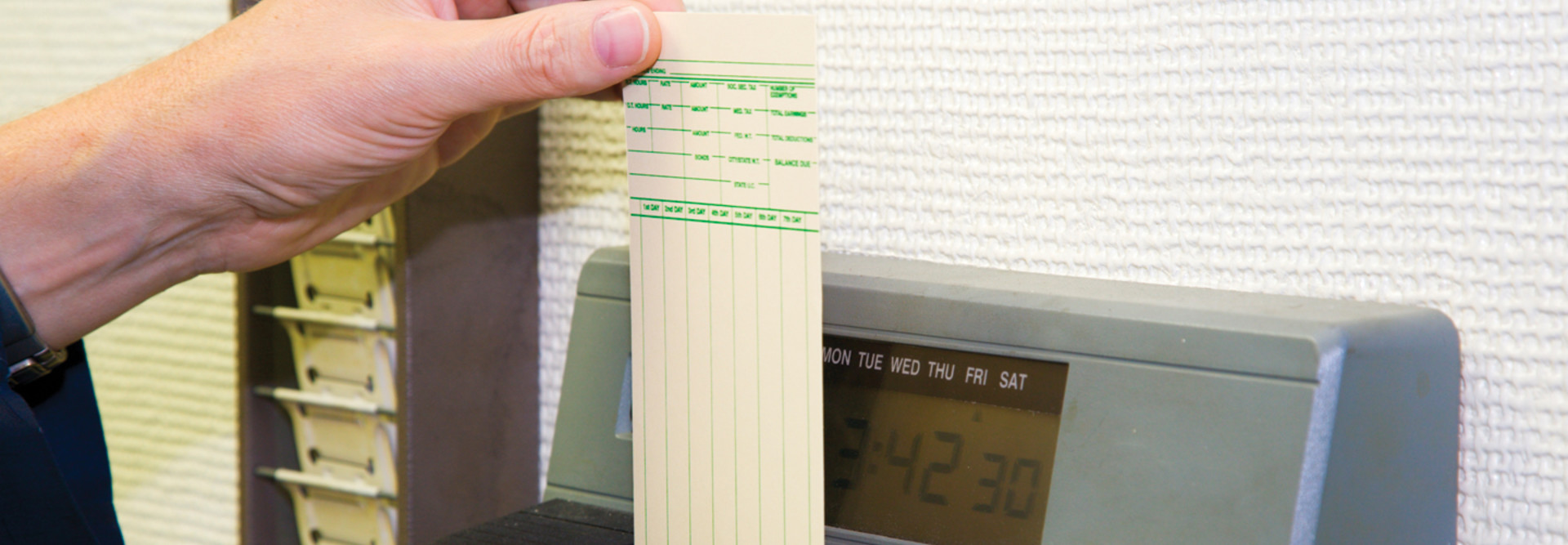Hawaii Gains Efficiencies by Going Digital
The Oracle-based system eliminates a 40-year-old paper process that required employees to submit a hard copy of their timesheets and leave request forms. Users can now quickly correct and resubmit timesheets to update payable time for payroll. It also supports an intuitive, user-friendly platform that gives them access to real-time data online.
The updated system also gives human resources officials secured access to data and streamlines their workflow. About 800 employees transitioned to the new system in the first group, consisting of employees in Hawaii’s Department of Accounting and General Services, the office of the governor and the office of the lieutenant governor. Hawaii says that larger groups of employees will be brought into the new system throughout 2020 and 2021.
The project is being implemented by the Hawaii Modernization Initiative, which is under the purview of the Department of Accounting and General Services, in coordination with the Office of Enterprise Technology Services.
Responding to the coronavirus pandemic has taken priority and slowed the transition to the new system, since workers need to confirm the accuracy of certain data and workflows before the transition can be completed, according to StateScoop.
READ MORE: Find out how states can partner to speed up software development.
“It’s sort of the traditional data-cleansing you see anytime you bring an IT system on board,” Murdock says. “People that would have been working on doing data-cleansing ended up having to do pandemic-type activities. So, for example, the Department of Labor is super busy trying to process unemployment claims. The Department of Health is very busy doing pandemic contact-tracing.”
The pandemic has accelerated the adoption of newer technologies for Hawaii, including Microsoft Office 365 and Adobe Sign, enabling the state’s workforce to continue operating remotely.
“It’s been changing the culture of how we do business, but when COVID happened all of the sudden everybody wanted their process to be e-sign, even the last holdouts,” Murdock tells StateScoop. “They needed to be able to work from home and process things with people who were working from home, so that’s a positive side effect is people have been more open to those kinds of things.”











